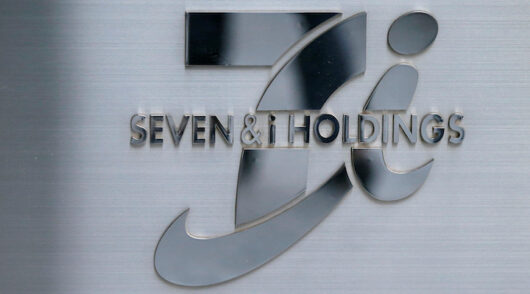We all make mistakes.
But when it comes to customer service, “to err is human; to recover, divine”, to quote the Harvard Business Review (HBR) classic essay ‘The Profitable Art of Service Recovery’.
What fascinates me about ‘service recovery’ is that, done right, you can end up not just rescuing a customer but winning them over for life. The trick is to ‘fess up, do it fast, and follow these five steps:
1. Offer a genuine apology, even if the customer is somewhat in the wrong. (HBR says “the service experiences customers rave about most are those in which they were at fault but the company responded anyway”.)
2. Say how you appreciate the issue being brought to your attention.
3. Empathise – acknowledge the impact of the problem to the customer.
4. Fix the problem.
5. Check that the customer is satisfied.
I had a variation of the points above pinned on the wall in front of my desk for years, and they never let me down.
Overcompensating can turn service recovery into extraordinary service. Qantas has been running full-page press ads in the wake of the fleet grounding with the headline “Please fly with us, on us”. They offer affected customers the choice of a free return domestic flight within Australia and NZ… on top of other reimbursements (alternative flights, accommodation) already made.
While Qantas don’t actually use the “sorry” word (the lawyers probably got to that one), the offer does dramatise the airline’s desire to make good.

One of my favourite service recovery case studies is from Marks & Spencer in the UK. M&S had been charging women more for larger size bras, but then felt the displeasure of 14,000 consumers on a Facebook group who called the additional cost a “tit-tax”. At first, M&S defended their position on the basis of the extra work and fabric in a bigger bra (wrong move).
But then, in a moment of inspiration, they backed down, and took out full-page ads that proclaimed; “We boobed”. The British retail icon reduced the price of larger bras by up to two pounds, and for two weeks, offered all bras at 25 per cent off. PR disaster became a customer triumph.

The worst tactic a retailer can employ is to attack a wronged customer, particularly in this digital age. The world was made aware of Keara O’Neill and her experience at Gasp on Chapel Street in Melbourne in September.
Following a disappointing exchange with a sales associate, Keara wrote to the company to air her annoyance. Amazingly, a Gasp representative emailed Keara back to ask her not to “waste our retail staff’s time, because… they will not tolerate it.” Gasp indeed.
Great service recovery is fundamentally about having the right ethos in your company and empowering your team to respond as they see fit (perhaps up to a certain dollar value). Nordstrom, the famous US department store has a comprehensive service recovery policy. As they express it, “Rule #1. Use best judgment in all situations. There will be no additional rules.” It has served Nordstrom well… and in turn their customers have been served well.
So look for the opportunities to put things right with your customers. Because it costs a damn sight more to win a customer than to retain one.
Jon Bird is CEO of specialist retail marketing agency IdeaWorks, and Chairman of Octomedia, publisher of Inside Retail. Email: jon.bird@ideaworks.com.au. Twitter: @thetweetailer. Blog: www.newretailblog.com.






